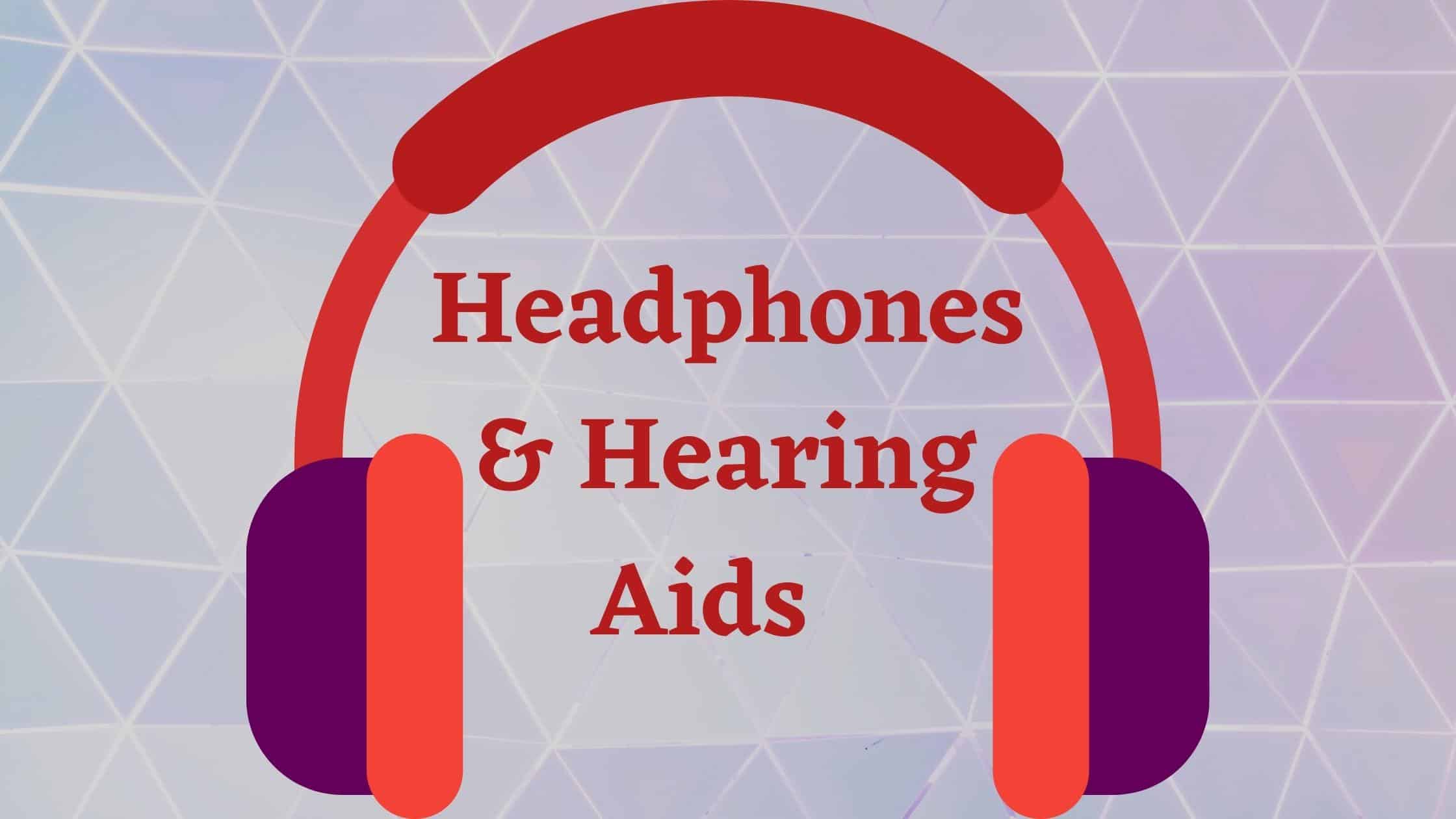
Music lovers are often the most pleased by the results of hearing aids. Whether attending a concert or listening to records in the comfort of their own homes, hearing aids not only raise the volume of the world but they also replace the frequencies of sound that have gone missing, creating a more balanced way to listen. Whereas music might have seemed muffled or heavy in the low end, missing the sizzle of high-end articulation and percussion, hearing aids can deliver a balanced listening environment. Despite the ability of headphones to contribute to a good listening environment, they can remain challenging to use with headphones.
Those who love the intimate experience of headphone listening or the portability of listening on the go might be dissatisfied with the feeling that they need to choose one or the other. Fortunately, audiologists and hearing health specialists assure us that most people who wear hearing aids can find a pair of headphones to meet their needs. In the process of discovering which are right for you, keep in mind that earbuds will likely not work with your hearing aids. However, many hearing aids transform into something like earbuds when they can use Bluetooth connectivity to stream audio directly to these devices. Let’s consider these two options, weighing the pros and cons.
Over-the-Ear Headphones
Many audiophiles and music lovers prefer over-the-ear headphones both for their sound quality and ability to block out background noise from the environment. Despite these benefits, they can be challenging to use with hearing aids. The type of hearing aid matters quite a bit. Those who use hearing aids that are contained within the ear canal, either partially or entirely, often fare the best. They find that they simply get the sound of the headphones along with a boost from their devices and the frequency-leveling effect that makes the music sound as it should. Those who have hearing aids that sit in the outer ear can also make these work, though they might have challenges with feedback at times.
Getting a good balance of volume from your media player and amplification from the device will be the key. The most challenging type of hearing aid to use with over-the-ear headphones are Behind The Ear (BTE) and Receiver In the Canal (RIC) models. These styles of hearing aids have units that sit behind the ear that are connected through a tiny tube to the part of the unit that sits in the device. The portion sitting behind the ear can conflict with the pads of the headphones, creating muffling or feedback effects. If you are interested in this style of headphones, it is best to look for a model that has the largest ear cup possible.
Bluetooth Connectivity
Another option for music lovers is to bypass headphones altogether and to get a pair of hearing aids that double as media players. Bluetooth connectivity makes it possible to send audio from your smartphone, laptop, or other devices directly to your hearing aids. Not only can you use a media player or streaming service to send that audio to your ears, you can also receive notifications and ringers for messaging and phone calls. You can even allow your hearing aids to switch from music to phone call mode when a call comes through. Another benefit of this type of hearing aid is the ability to hear background environmental sound at the same time as music. Much like earbuds, these models make it possible to combine important sounds in the world, such as emergency vehicles or alarms with the sound of music, creating an overall safe situation for your needs.
If you have hearing aids without Bluetooth connectivity already, you might want to seek out over-the-ear headphones to combine with what you already have. However, if you haven’t yet received treatment for hearing loss, you might want to seek out a pair of aids that can double as music player devices at the same time. Music lovers need not sacrifice their favorite listening environments with the latest technology. If these possibilities are of interest to you, simply contact one of our hearing health professionals to learn more about what is possible or to schedule a hearing test if you are in need of one.
